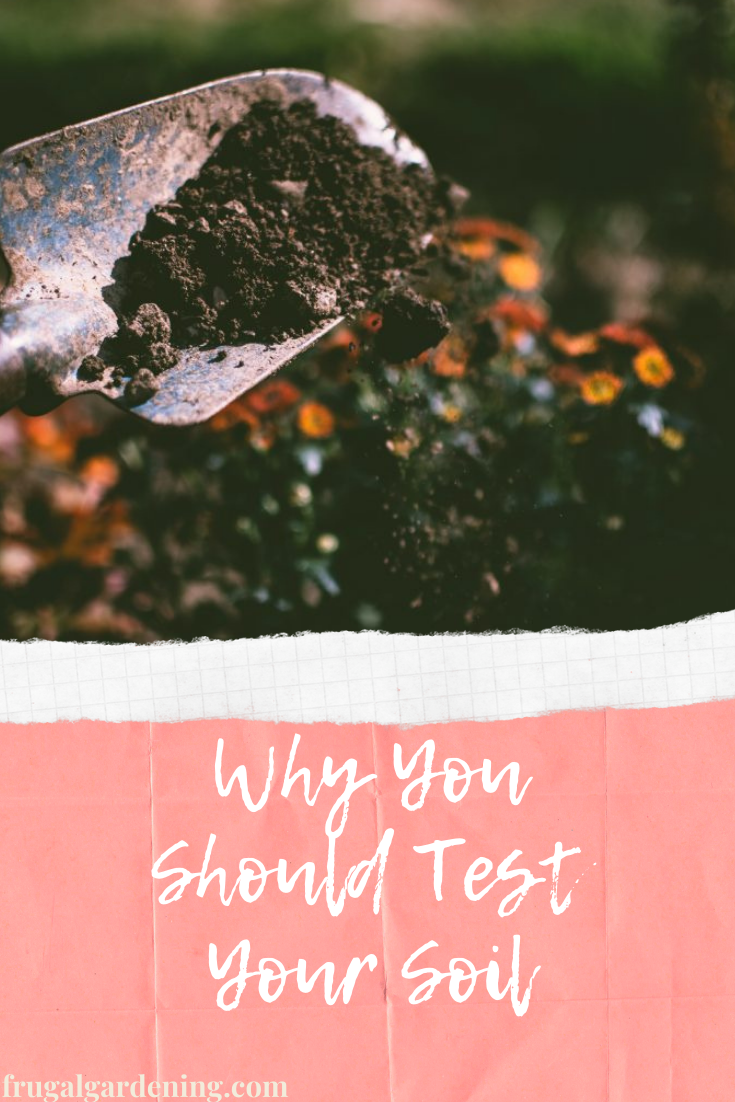
Along with water and sunlight, soil is the lifeblood of a garden. Without healthy, nutrient-filled soil, plants simply won’t thrive.
It’s tempting to believe that spraying your garden with fertilizer will encourage lush growth. But if you’re spraying without testing your soil, you may be in for trouble down the line.
Why should you test your garden soil? There are several important reasons to test your soil.
Too fertilizer is bad
If you fail to get your soil tested, you have no clue about its nutrient makeup. By adding fertilizer without knowing what nutrients are already there, you risk harming plants and the environment. When you add too much fertilizer, you upset the soil’s delicate ecosystem.
If you toss on tons of fertilizer without checking if it’s really necessary, you also risk wasting a lot of money. Fertilizer is expensive! Don’t bother adding any unless it’s absolutely necessary. Getting a soil test might just save you money!
Too little fertilizer is also bad
If your plants miss out on nutrients, that’s also bad news. But how can you help them out unless you know what they need? A soil test can provide you with essential information about which nutrients are lacking in your garden. If you know exactly what to add, you won’t waste precious dollars buying the wrong kind of fertilizer.
Soil tests are informative
They not only explain the nutrient makeup of your soil, but they also tell you other valuable information. Many extension offices that provide soil testing services provide gardeners with important information regarding the composition of their soil, including the amount of organic matter present. If you’re short on organic matter, you can add more to improve the condition of your soil, which can increase its drainage and water retention properties.
A few soil testing tips
Soil testing is a bit more involved than just taking a vial of dirt and sending it off to a lab. Doing it right ensures you will receive accurate results. The more accurate the results, the less likely you are to waste money and time!
- Don’t take any soil from areas that have recently been fertilized
- Take different soils samples from different spots in your garden
- Label each soil sample appropriately
- Let the soil samples air dry before mailing them
Here’s a handy video on how to take soil samples for mail-in testing:
https://www.youtube.com/watch?v=3_U9Z3fy0Ig

Steph Coelho is a freelance writer gardening in zone 5b. She is a certified Square Foot Gardener and has taught various garden-related workshops. When she’s not digging in the dirt or writing, she’s cooking up fresh produce, running, or listening to her favorite podcasts.
Leave a Reply